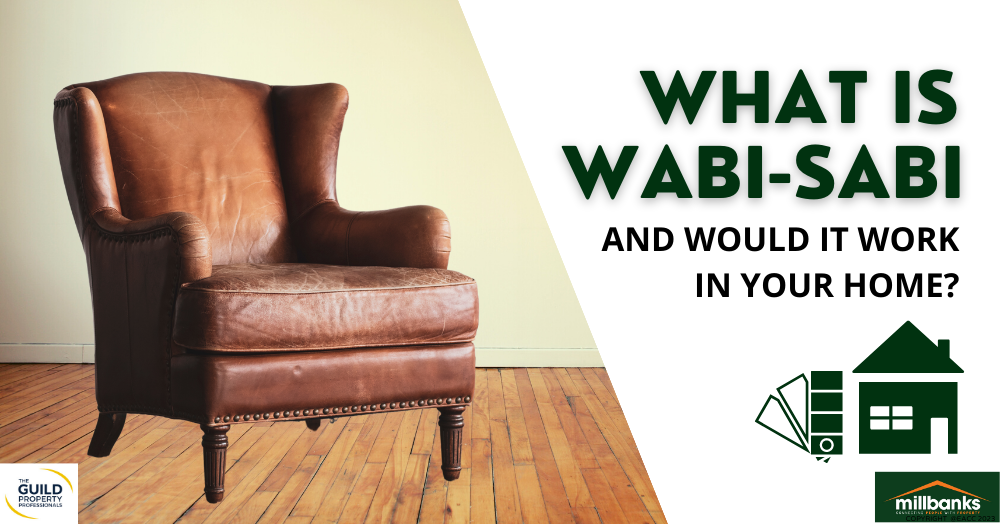

Get in touch with us
If you’re planning to buy a home soon, you might assume the best place to start is on the property portals, Rightmove, Zoopla, or OnTheMarket. But the truth is, the savviest buyers are seeing homes long before they ever appear online. Here’s why registering with an agent puts you one step ahead.
An attractive and well-presented 2-bedroom end terrace, ideally positioned in central Attleborough. Recently redecorated throughout, the property offers a spacious lounge with French doors to a 30ft enclosed garden, a fitted kitchen, modern bathroom, and allocated parking, combining comfort with convenience.
With ongoing reforms and rising compliance demands across the UK, managing a rental property alone is becoming increasingly complex. Here’s why professional management now matters more than ever.
Discover this detached 3-bedroom bungalow in a desirable non-estate location, offering spacious living, a dual-aspect lounge, fitted kitchen, three well-proportioned bedrooms, an 80ft rear garden with a workshop, garage with studio, and versatile spaces throughout. With no onward chain, it presents a perfect opportunity to create your dream home.